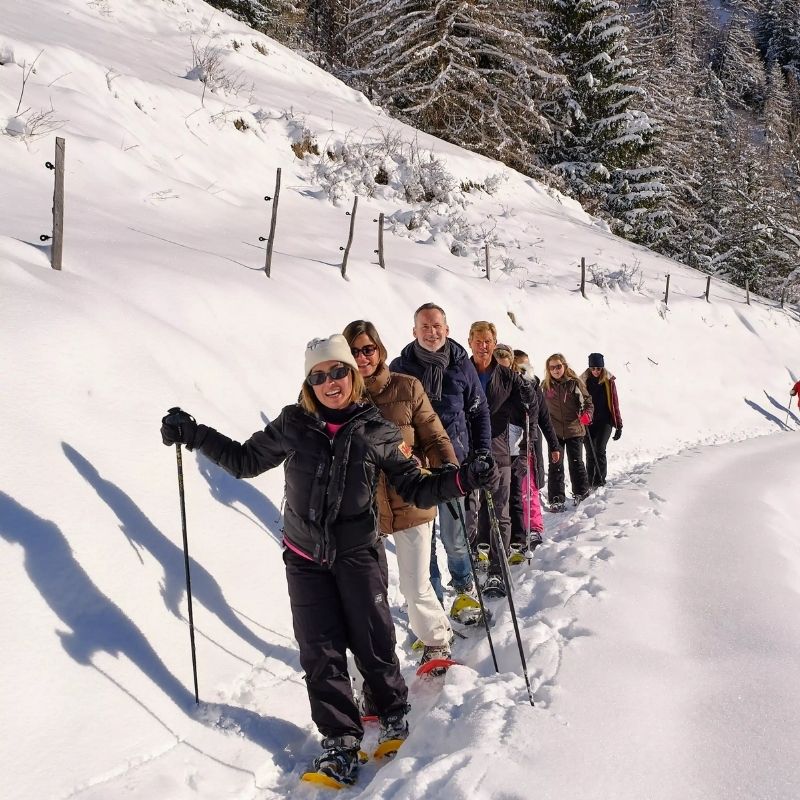
About Us
We help organizations perform with care
For over two decades, Resilience Institute has been a trusted partner for organizations seeking to embed resilience into their culture.
Who are we?
A trusted global partner in resilience since 2002
Founded by Dr. Sven Hansen, a medical doctor specializing in executive health and high-performing teams, Resilience Institute integrates the latest research in neuroscience, behavioral science, and leadership development. Our global team includes medical doctors, psychologists, scientists, and business leaders—each dedicated to helping organizations navigate complexity with confidence.
For over 22 years, we have partnered with leading organizations, including Google, Nestlé, Shell, PwC, and New Zealand Rugby, equipping leaders and teams with the tools to thrive in uncertainty and sustain long-term success.

Committed to Excellence & Responsibility
Certified for Impact & Security
At Resilience Institute, we hold ourselves to the highest standards of business integrity, security, and social responsibility. Our B Corp™ certification reflects our commitment to balancing purpose and profit, ensuring that we create positive impact for people, organizations, and society.
In parallel, our ISO 27001 certification guarantees that we uphold world-class standards in information security, safeguarding our clients’ data with rigorous, enterprise-grade protection.



What Do We Believe?
Resilience is the foundation of high performance
In a world of increasing complexity and rapid change, businesses must adapt or be left behind. We believe that when people grow, businesses grow—and resilient organizations make better decisions, drive innovation, and lead with integrity.
At Resilience Institute, we are guided by four core values that define our behavior:
🔥 Ownership – Taking responsibility for our actions and impact.
🦁 Courage – Embracing challenges and leading with integrity.
🎯 Simplicity – Delivering clear, actionable, and effective solutions.
❤️ Care – Prioritizing people’s well-being alongside performance.
We see care and performance as mutually reinforcing—not opposing forces. The most successful organizations embed resilience into their culture, ensuring that their people remain energized, engaged, and adaptable in any situation.
How Do We Build Resilient Organizations?
A data-driven, human-centered approach to resilience
We provide a holistic, evidence-based framework that integrates:
Resilience Assessment
Our flagship 50-factor diagnostic provides personalized insights and benchmarks resilience levels across teams and organizations.
Insights & Reporting
Our technology-powered analytics deliver clear, actionable intelligence to leaders, helping them track and enhance team resilience over time.
Training & Transformation
Through interactive webinars, keynotes, workshops, and long-term programs, we equip teams with practical strategies to sustain resilience and peak performance.
Our approach is scientifically validated and results-driven, combining modern preventative medicine, neuroscience, emotional intelligence, and high-performance psychology. We blend cutting-edge research with real-world application, ensuring that leaders and teams achieve lasting results.

What Sets Us Apart?
We combine deep expertise with powerful technology.
Unlike traditional well-being programs, Resilience Institute delivers measurable impact through a precision approach:
- Founded on Science: Our methodology is backed by 22 years of research in resilience, leadership, and human performance.
- Powered by Data: Our technology-enabled solutions provide real-time resilience insights to support leadership decision-making.
- Proven in Business: We work with top global organizations to help their people adapt, grow, and thrive in demanding environments.
We don’t just deliver training—we embed resilience into the DNA of an organization, equipping leaders with practical, high-impact strategies that drive sustainable performance and well-being.
Why Partner with Us?
We help leaders and teams thrive in uncertainty.
Business today demands agility, innovation, and emotional intelligence. Resilience is the key to achieving all three.
By embedding resilience into workplace culture, organizations can:
🌟 Increase engagement & productivity
⚡ Reduce burnout & turnover
🚀 Enhance leadership & decision-making
🌍 Future-proof their teams against uncertainty
We support organizations worldwide with precision training programs and our evidence-based digital toolkit. Our global team of resilience experts would love to discuss your needs and share best-practice tools for building resilient leaders and teams.

Are You Ready to Build a Resilient Organization?
Start your resilience journey today.
Discover how resilience can transform your organization. Explore our research-backed approach. Book a consultation with our experts.
Let’s grow stronger, together.












